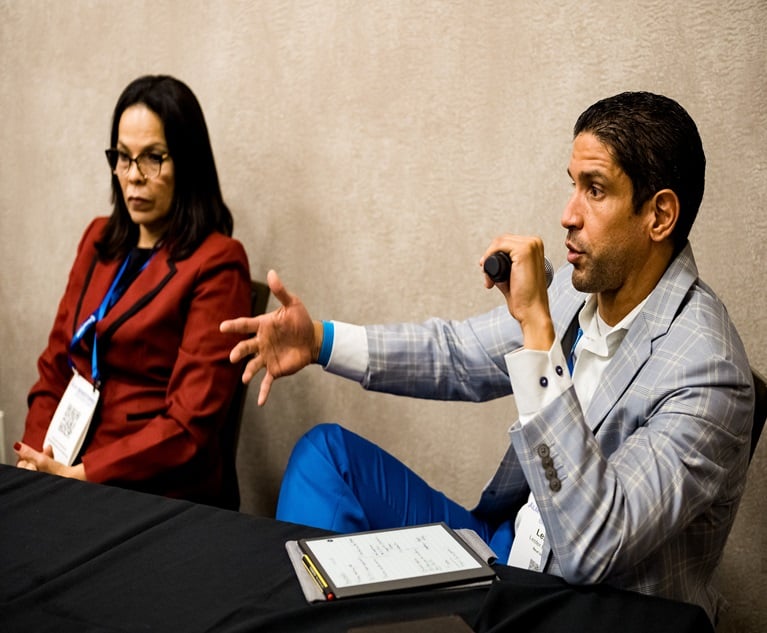(Bloomberg View) — Young people bounce back from adversityfaster than their elders, right? Not when it comes to Americanjobs. Six years after the U.S. economy began expanding from theworst recession since the Great Depression, people ages 25 to 34are having a harder time finding jobs than other workers.
|This is the new normal. Men and women at the peak of theirphysical and mental development are increasingly frustrated in thejob market precisely at the point when they are poised to launchcareers and start families. Since the new century's first recessionin 2001, the unemployment rate for these young Americans has stayedhigher than the rate of overall unemployment, according to datacompiled by Bloomberg.
|[Related: 5 ways for insurers to attract millennialsonline]
|What's most striking is that the gap is wider now than it was in2009, in the depths of the financial crisis. That's an indicationthat the economic recovery hasn't helped younger workers as much asit did after 20th-century slumps, Bloomberg data show.
|Take the 1982 recession. At first, it hit 25- to 34-year- oldworkers hard. Unemployment for that group surged 2.37 percentagepoints to 9.66 percent in December 1983. The overall rate rose less— 1.98 percentage points — and to a lower level of 9.6 percent.
|Then things turned around for the 25- to 34-year-olds. ByDecember 1984, the year President Ronald Reagan was re-elected,unemployment among those younger workers had fallen to 7.24percent, below the overall unemployment rate of 7.51.
|QuickTakeLost generations
|The same thing happened after the 1992 recession. Youngerworkers were hit hardest in the two years after December 1990 — andthen caught up to everyone else a year later. The younger group'sunemployment rate would remain lower for the rest of thedecade.
|It wasn't until December 2002 that the unemployment rate of25-to 34-year-olds (5.87 percent) rose above the overallunemployment rate (5.78 percent) and stayed there. By 2009, thedifference widened to half a percentage point, 9.88 percentcompared with 9.28 percent.
|There probably is no single cause for this stubborn disparity.Economists say it is derived from the growing percentage of peopleolder than 55 who aren't retiring, the displacement of jobs causedby computers, limited mobility and a lack of the types of skillsthat employers are seeking.
|Whatever the cause, there is no sign this chronic feature of21st century America is ending. Other age groups are gaining in thelabor market. Since 2010, for example, people between the ages of35 and 44 looking for a job have outperformed the entire populationof job seekers, according to Bloomberg data. This group is doingeven better than it did in the 20th century when, as with thoseages 55 and older, any gap with the U.S. unemployment ratecollapsed during the boom years.
|Combine this with the knowledge that Americans reaching what wasonce considered retirement age are now becoming a bigger percentageof the workforce, and 25- to 34-year-olds may face even lessopportunity.
|That bleak scenario helps explain why six years into theeconomy's uneven recovery from the financial crisis, the FederalReserve is wise to remain cautious about raising interestrates.
Want to continue reading?
Become a Free PropertyCasualty360 Digital Reader
Your access to unlimited PropertyCasualty360 content isn’t changing.
Once you are an ALM digital member, you’ll receive:
- All PropertyCasualty360.com news coverage, best practices, and in-depth analysis.
- Educational webcasts, resources from industry leaders, and informative newsletters.
- Other award-winning websites including BenefitsPRO.com and ThinkAdvisor.com.
Already have an account? Sign In
© 2024 ALM Global, LLC, All Rights Reserved. Request academic re-use from www.copyright.com. All other uses, submit a request to [email protected]. For more information visit Asset & Logo Licensing.








